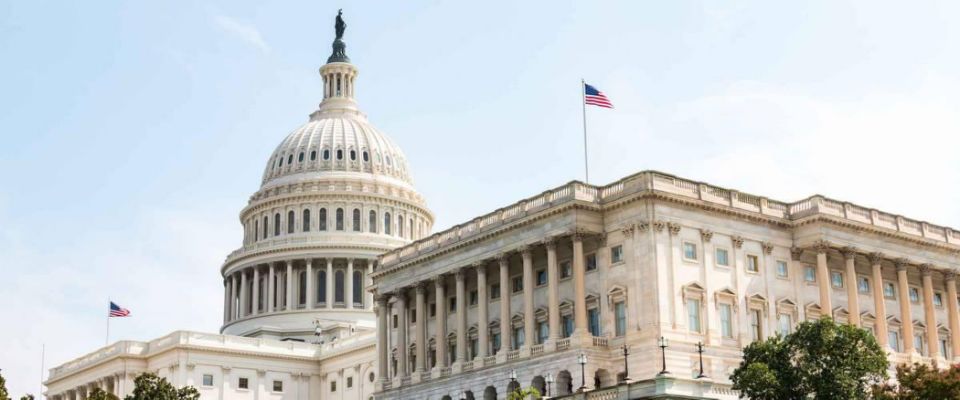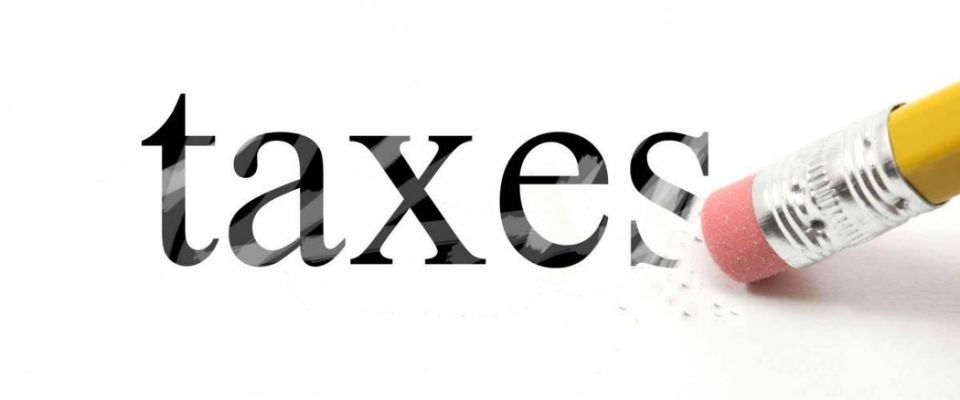The third stimulus checks are being paid out, it’s not clear if there will ever be a fourth, and President Joe Biden is turning his attention to spending money on roads, bridges and other infrastructure, and raising some taxes.
But what’s happening with student loan forgiveness? It has been the subject of a lot of talk in Washington — so if you’re swamped with college debt, will the government wipe some of that away soon?
Biden has stated publicly that he’s willing to cancel $10,000 in federal student loan debt per borrower, but several developments appear to be paving the way for the president to forgive up to five times as much. Here’s a look.
1. Members of Congress are pushing hard for $50K in forgiveness

In February, Senate Majority Leader Chuck Schumer, Massachusetts Sen. Elizabeth Warren and other leading Democrats put forward a motion encouraging Biden to cancel as much as $50,000 in student loan debt for all borrowers.
“Student loan debt is weighing down millions of families,” Schumer said in a statement. “We must do everything in our power to deliver real relief to the American people.”
The push by Schumer and Warren to erase up to $50,000 in student debt per person started while President Donald Trump was still in office. Last September, they put out a news release with a headline declaring: “The Next President Can and Should Cancel Up To $50,000 In Student Loan Debt Immediately.”
2. Biden has people exploring the $50K question
The president has said he’s not sure if he has the authority on his own to dispose of $50,000 in student loan debt per borrower, so Sen. Schumer announced in mid-March that the Justice Department had launched a legal review of the president’s ability to grant blanket student debt forgiveness.
Meanwhile, Biden has asked his education secretary to investigate the question, too — and prepare a report.
“Hopefully we’ll see that in the next few weeks,” White House Chief of Staff Ron Klain told Politico. “And then he’ll look at that legal authority, he’ll look at the policy issues around that and he’ll make a decision.”
3. A new law makes forgiveness easier, tax-wise

The recent COVID-19 relief bill the president signed — the one with those third, $1,400 stimulus checks — also includes a tax exemption on student loan forgiveness that could save borrowers big-time.
With a few exceptions, student loan debt canceled by the government has historically been considered taxable income. But a provision added to the stimulus bill by Sen. Warren and fellow Democratic Sen. Robert Menendez, of New Jersey, would exempt forgiven student debt from federal taxes through 2025.
Previously, Biden canceling $50,000 of your student loans in one shot would have left you on the hook for a large tax bill. Now that cancellation doesn’t threaten to carry a painful tax penalty, the president could move forward knowing that borrowers won’t be saddled with any onerous taxes.
4. The president already has canceled some student debt
In the space of about 10 days, the Biden administration recently canceled about $2.3 billion in student loan debt: $1 billion held by borrowers who said they’d been defrauded by their schools, and another $1.3 billion owed by Americans described as totally and permanently disabled.
The moves affected more than 300,000 borrowers — a tiny fraction of the roughly 43 million people who owe approximately $1.7 trillion on federal student loans.
Obviously, forgiving up to $50,000 in debt per person would be a massive move for Biden, costing the government about $1 trillion, according to multiple sources.
While you’re waiting for an answer

If your student loan balance is wrecking your finances, try some steps to reduce your expenses while Congress, the president and members of his administration sort out the forgiveness issue.
Start by looking into refinancing your student loans. Interest rates on student loan refinances have hit record lows, so if you can replace your federal student debt with a new and cheaper loan from a private lender, you could cut your monthly payments substantially.
Look for savings elsewhere in your budget. Are you paying too much for car insurance? With many people now working from home and driving less, some car insurers have been giving price breaks. If yours won’t give you a deal, it’s time to shop for new coverage that could save you hundreds of dollars a year.
Other small measures can add up to big savings. When you go to the grocery store, use an app that gives you cash back just for snapping a photo of your receipt. To save when you shop online, download a free browser add-on that will automatically search for better prices or coupons.
Taking charge of your finances where you can is almost always a safer bet than waiting for Washington to get its act together.






